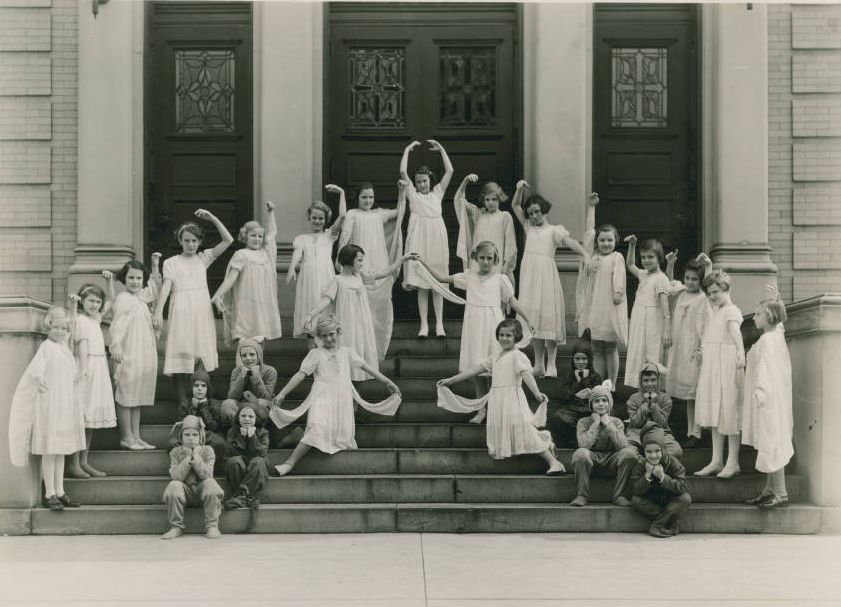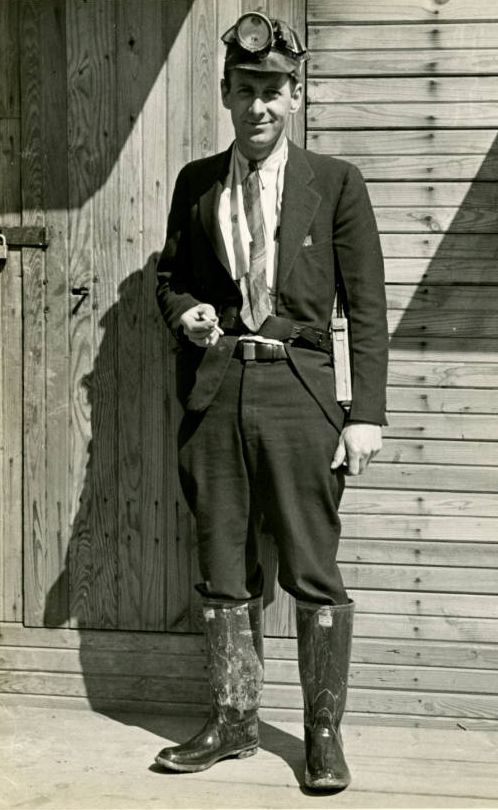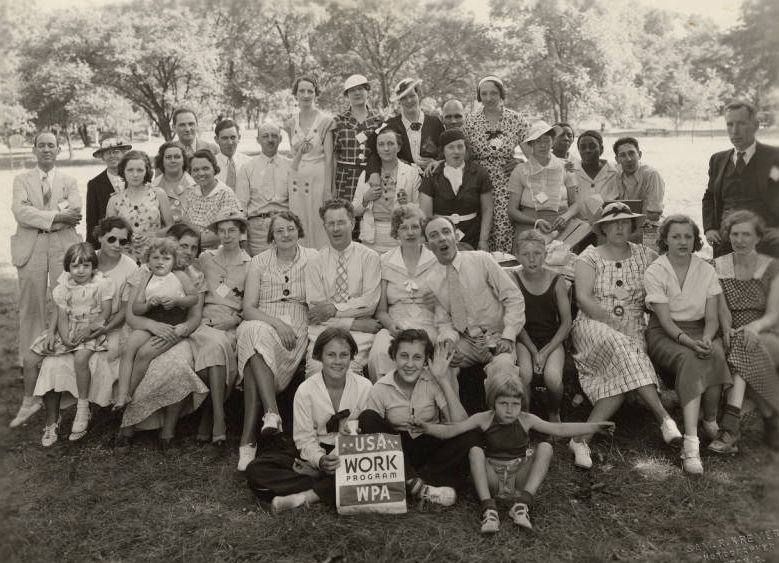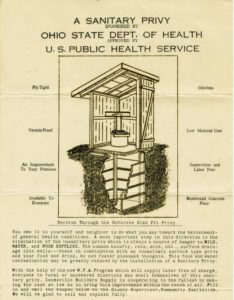End of an ERAA: The WPA Years in Ohio

On this day in 1943, a major federal program came to an end–one which was responsible for a great number of positive changes and projects in Ohio during the 1930s and 1940s. The Works Progress Administration, after running for eight years, was dissolved on June 30, 1943.

Back in April 1935, while the United States was in the midst of the Great Depression, Congress passed the Emergency Relief Appropriation Act as part of President Franklin D. Roosevelt’s New Deal. Roosevelt hoped that his New Deal would allow Americans to cope with the Depression, while working to end the current economic downturn and prevent another depression in the future. One of the ERAA’s most significant impacts was the creation of the Works Progress Administration, or WPA, a government office that hired unemployed Americans to work on various government projects. During its existence, the WPA constructed more than 600,000 miles of roads and built or repaired more than 124,000 bridges, 125,000 public buildings, 8,000 parks, and 850 airport runways.
In addition to hiring people for manual labor roles, the WPA also created programs for academics, actors and artists. Chief among these were the Federal Arts Project, which paid artists to paint murals in public buildings, to teach art classes, and to catalog pieces of art; the Federal Writers’ Project, which hired authors to compile histories of communities across the United States; and the Federal Theater Project, which employed actors and directors to bring live theater productions to towns and cities throughout the country.

In the first six months of the WPA, more than 173,000 Ohioans–both men and women–found employment through the program. This included more than 1,500 unemployed teachers who found work teaching illiterate adults how to read. In 12 Ohio counties, more than 25 percent of families had at least one member working for the WPA during the late 1930s, and by the end of 1938, workers had built or improved 12,300 miles of Ohio roads and streets and constructed 636 public buildings, several hundred bridges, hundreds of athletic fields, and five fish hatcheries. WPA employees also made improvements to thousands more buildings, roads, and parks within Ohio, and painted a number of murals in Ohio public spaces.

Congress reduced funding for the program in 1939 (and the name was changed to the Work Projects Administration), though the WPA would continue to operate until funding ceased on June 30, 1943. The Great Depression had ended, and unemployment had tumbled thanks to thousands of jobs created by World War II. During its short history, the WPA had employed 8.5 million people on more than 1.4 million projects. The WPA may not have met the needs of all unemployed American workers, but it nonetheless helped to alleviate the worst of the Depression for many, provided a sense of self-worth to its employees and profoundly shaped the Ohio that we can see today.
There’s much more to learn about the WPA and its enduring impact, and you can start on Ohio Memory! The Ohio Guide Collection showcases photographs taken and collected by the Federal Writers’ Project in Ohio for a publication called the Ohio Guide, part of the “American Guide Series.” The New Deal Collection focuses on photographs related to Ohio’s role in national New Deal policies and initiatives, covering what became labeled as the “alphabet soup” agencies: Ohio Relief Production Units (ORPU), Civilian Conservation Corps (CCC), Federal Writers’ Project (FWP), National Youth Administration (NYA), Public Works of Art Project (PWAP), and the Works Progress Administration (WPA). Maybe one of your local murals was created under the auspices of the WPA, or a nearby park contains one of the construction projects from this era. We invite you to explore Ohio Memory to find out more about the fascinating history of this agency!
Thanks to Lily Birkhimer, Digital Projects Coordinator at the Ohio History Connection, for this week’s post!



Leave a Reply
You must be logged in to post a comment.